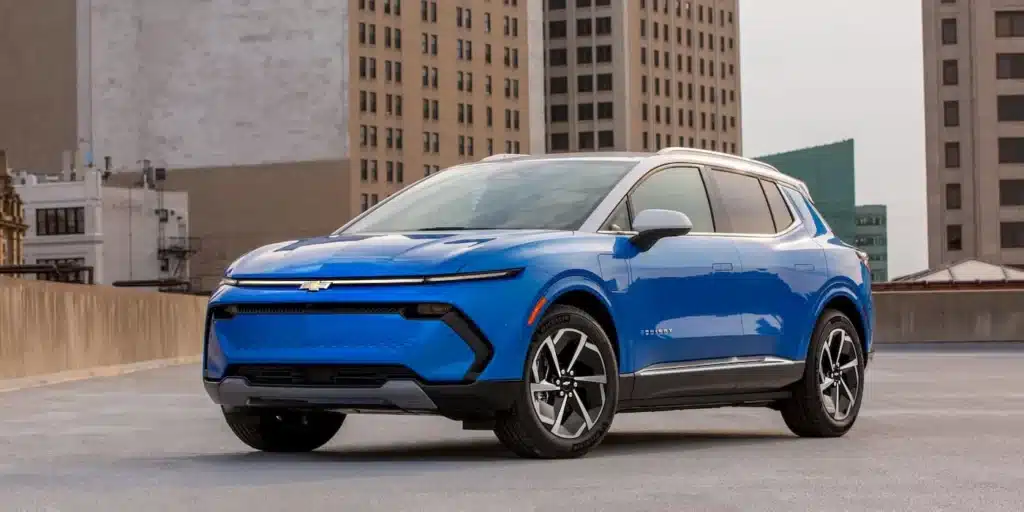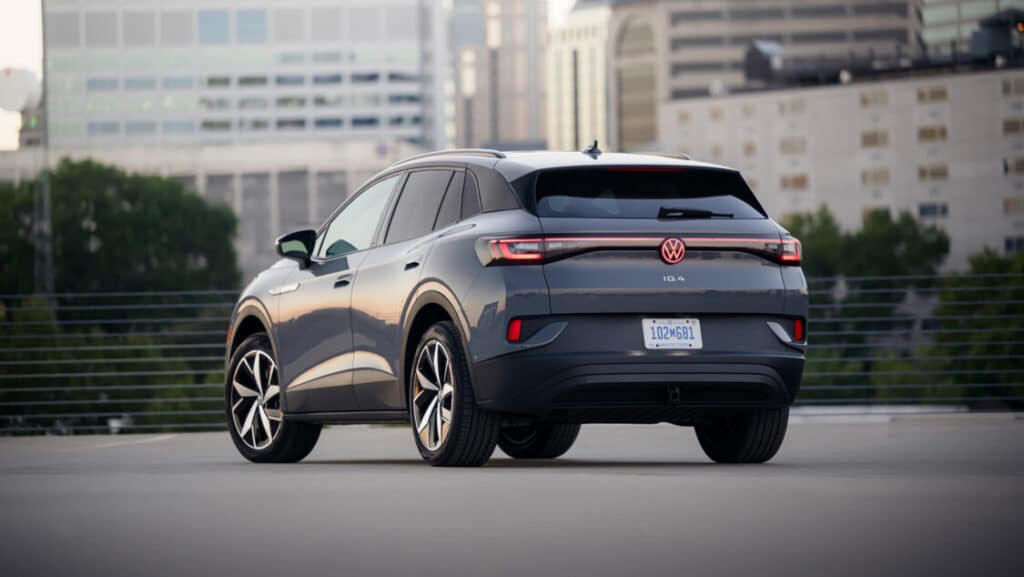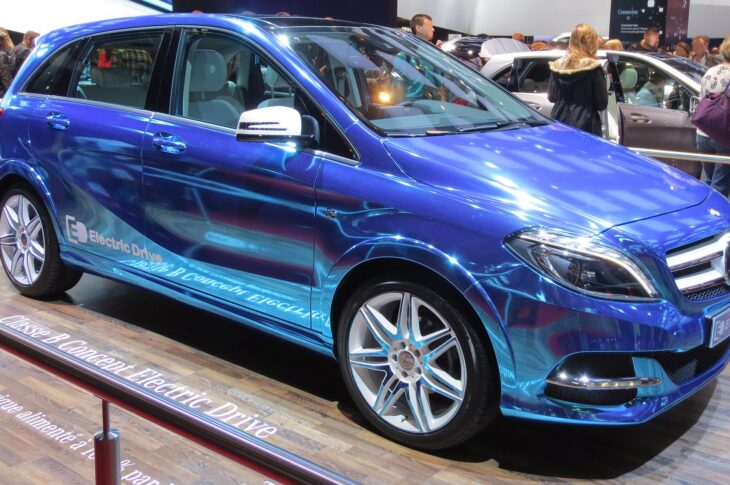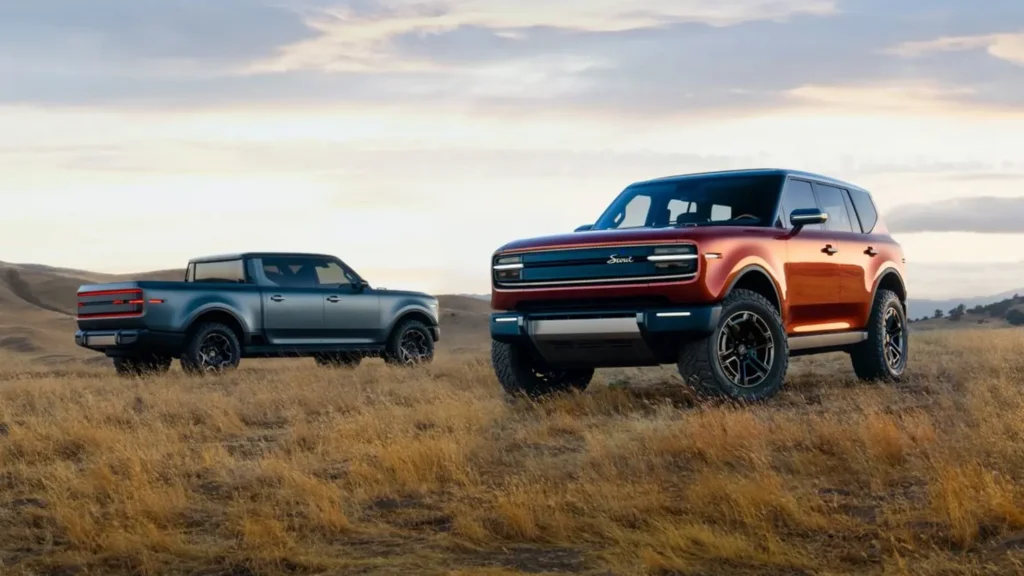America Surpasses Europe in EV Sales in Q3
EV adoption in the U.S. is accelerating, while Europe faces unique challenges despite its early leadership in the EV space. The European Union’s ambitious emissions standards aim to phase out combustion engine vehicles by 2035, but these regulations are increasingly controversial. Concerns are growing among both industry leaders and consumers over affordability, infrastructure readiness, and competition from China’s EV industry, which has become a formidable force in the European market.
Trade tensions with China, especially over subsidies and tariffs, have impacted the supply chains and cost structures of European automakers, making it harder for them to compete with cheaper Chinese imports. China’s well-established EV brands, like BYD and NIO, are gaining ground, pushing European manufacturers to reevaluate their strategies. This comes as some of Europe’s largest automakers, including Volkswagen, Stellantis, and Mercedes-Benz, face setbacks with EV production and profitability, leading to delays and even halts in planned EV expansions.
For consumers, higher EV prices and infrastructure concerns create hesitation. Although Europe’s charging network is substantial, it’s unevenly distributed, with infrastructure gaps persisting in rural and less wealthy regions. The recent economic downturn and energy crisis have also made affordability a crucial concern, further complicating the continent’s push for clean transportation. The outcome of these dynamics will be essential to watch, as Europe may need to balance its green ambitions with economic and social realities to sustain momentum in EV adoption.

U.S. consumers are increasingly embracing EVs, with recent sales figures reflecting substantial growth. A This indicates that EVs are no longer just niche products but are becoming mainstream in the U.S. While Europe has historically led in EV adoption due to strong incentives, supportive policies, and higher fuel costs, its recent struggles reflect shifting dynamics.
According to the latest counts by Cox Automotive, an estimated 346,3091 EVs were sold in Q3 2024 in the US, a 5% increase from the second quarter. The electric vehicle share of sales in Q3 hit 8.9%, the highest level recorded and an increase from 7.8% in Q3 2023.
“While year-over-year growth has slowed, EV sales in the U.S. continue to march higher,” said Stephanie Valdez Streaty, director of Industry Insights at Cox Automotive. “The growth is being fueled in part by Incentives and discounts; but as more affordable EVs enter the market and infrastructure improves, we can expect even greater adoption in the coming years.”
The U.S. automotive market’s larger size also plays a significant role. With more than 3 million additional sales in 2023 compared to the EU, the sheer scale of the U.S. market can drive higher EV sales volumes, even if EVs make up a smaller overall percentage. The shift in U.S. consumer sentiment has likely been influenced by a mix of factors, including increased model availability, improved charging infrastructure, and government incentives aimed at reducing EV ownership costs.
In Europe, however, economic and political pressures, along with competition from affordable Chinese EVs, are creating headwinds for the industry. Major players like Volkswagen and Stellantis are grappling with production and financial challenges, and stricter emissions regulations are also sparking debates. For the U.S., the trend suggests that EV adoption might continue to rise quickly, potentially making up ground against European markets as infrastructure and affordability improve further.

EV sales in Europe are growing, with notable increases in countries like Belgium, Denmark, Italy, Norway, and Portugal, which each saw around 30% year-over-year growth in September, and even more dramatic jumps in Hungary, the Netherlands, and Spain, where growth exceeded 50%. However, the German market—traditionally Europe’s largest—has slowed significantly, becoming a drag on the region’s overall EV performance. In September alone, German EV registrations dropped by 28.6%, which is concerning for an industry so central to Germany’s economy.
For German automakers like Mercedes-Benz and Volkswagen, the pressure is mounting. Mercedes saw a 31% decline in EV sales year-over-year in the third quarter, reflecting competition from lower-cost Chinese EVs. Volkswagen, too, faces significant challenges and is even considering historic plant closures to manage costs in response to softening demand.
Meanwhile, other brands are weathering the situation better. BMW and Volvo, for example, remain relative bright spots, with strong consumer interest in their EV offerings. BMW has maintained demand with versatile designs and technology, while Volvo’s commitment to fully electric models and sustainability has resonated well with European buyers. This divergent performance underscores the varied landscape in Europe, where market-specific factors and brand perceptions are shaping the future of EV adoption.

GM Showing Fastest Growth in US Market, Scout Shows New Models Amid Controversy
The U.S. is at an exciting inflection point for EV adoption, especially with traditional automakers like General Motors making strong inroads. The launch of models like the Chevy Equinox EV and Cadillac Lyriq reflects GM’s strategy to offer more affordable, high-quality EVs across different market segments, a critical step to broaden appeal among American consumers. If successful, these models could help push EVs into the mainstream, particularly as infrastructure and consumer incentives expand nationwide.
Tesla, the current US EV market leader, is projected to fall behind GM or Hyundai within the next few years, if the three companies remain on their respective paths. In Q3, Hyundai’s IONIQ 5 retail sales climbed significantly, up 30% in Q3. Total sales of the IONIQ 5 were up 20% year-to-date (YTD). In Q3, GM replaced Ford as second-place seller.
Tesla made the disastrous decision to kill plans for its $25k EV, while moving into an uncertain robotaxi market, with its “We, Robot” event universally panned by experts as light on details. Both of these bad decisions, along with no new models, will certainly drag down the company in the coming years.
Volkswagen’s revival of the Scout brand with the Traveler SUV and Terra pickup truck marks an exciting blend of nostalgia and innovation, appealing to those who remember the original Scouts while targeting new EV enthusiasts. The choice to unveil these models in Nashville taps into the growing EV market interest in rugged, off-road-capable electric vehicles, especially in the U.S. market, where SUVs and pickups remain highly popular.
Offering the models as both fully electric and extended-range hybrids gives Scout flexibility to attract both dedicated EV buyers and those looking for extended range, which can ease range anxiety for new adopters. The direct-to-consumer sales model aligns with trends seen in brands like Polestar and Rivian, providing a streamlined purchase process and a closer connection to customers. By eliminating the traditional dealership model, Scout can offer a more controlled customer experience, while potentially reducing costs associated with dealer networks.
However, Scout’s announcement of its direct-to-consumer sales model set off a firestorm of controversy among automotive dealerships, which have vowed a significant legal battle over the issue, with the support of organizations such as the Automotive Trade Association Executives and the North American Auto Dealers Association.
Volkswagen’s revival of the Scout brand as a rugged, American-inspired electric line with a modernized retro aesthetic and versatile powertrains may give it a unique edge in the increasingly competitive EV market.

Europe Faces a More Complex Road to EV Growth
In Europe, the future of EV growth looks more complex, mainly because of Chinese competition. While sales are projected to keep rising, challenges like those faced by Stellantis, Volkswagen, and Mercedes-Benz will influence the pace of adoption. These companies need to address both competition from Chinese EVs and rising production costs. The regulatory landscape also adds uncertainty. The proposed 2035 ban on gasoline cars—a landmark policy intended to make Europe an EV powerhouse—faces resistance from some of Europe’s largest economies, which are advocating for less aggressive emissions regulations. If these efforts gain traction, the continent could see a slower or more uneven transition to EVs.
Ultimately, while Europe still leads in terms of overall EV market share, the U.S. is poised to close the gap as American automakers ramp up EV offerings and as consumer sentiment continues to shift. Both regions’ EV growth will hinge on how automakers adapt to local challenges and how effectively policy measures can align with market needs.

Electric Vehicle Marketing Consultant, Writer and Editor. Publisher EVinfo.net.
Services